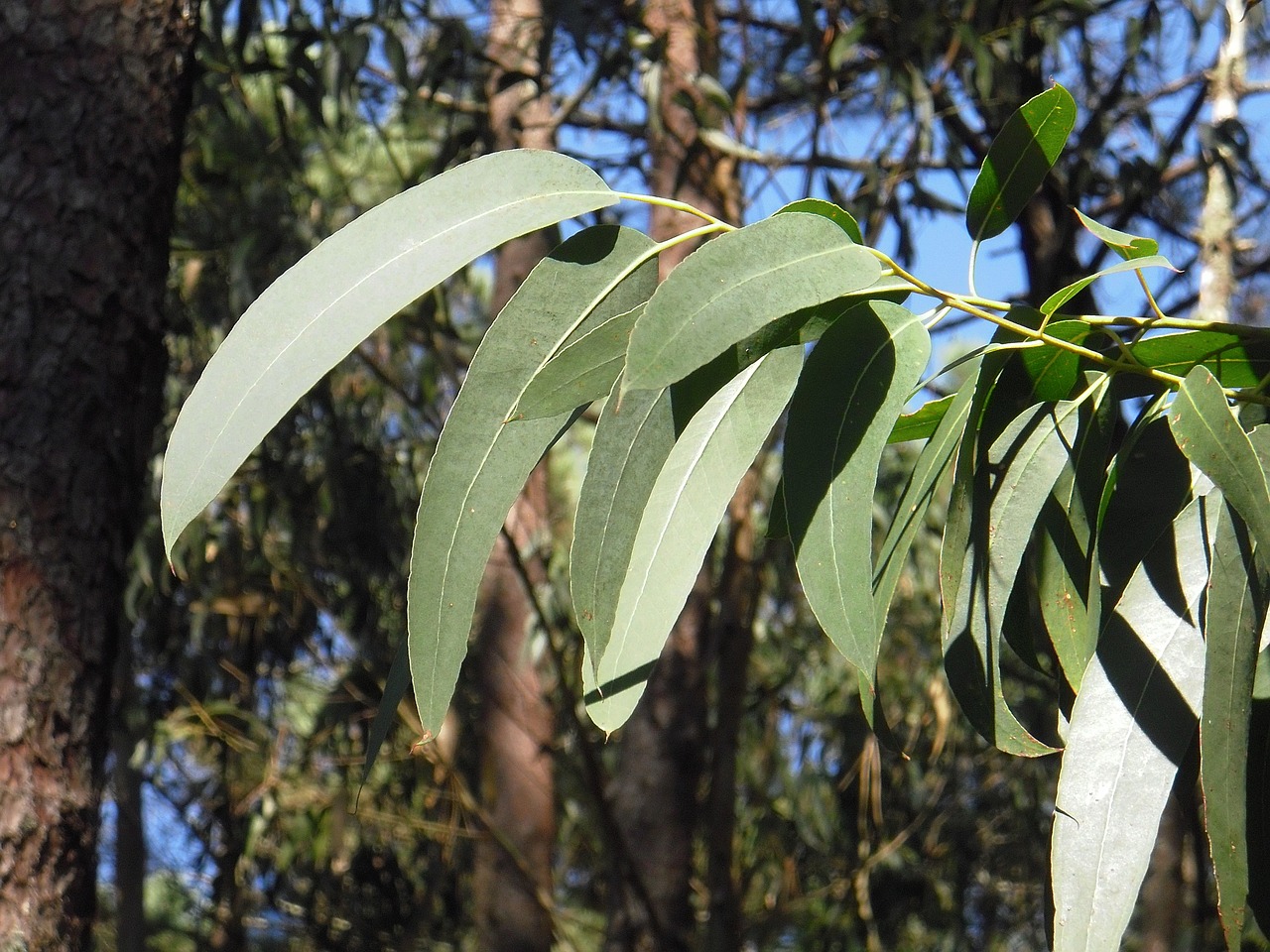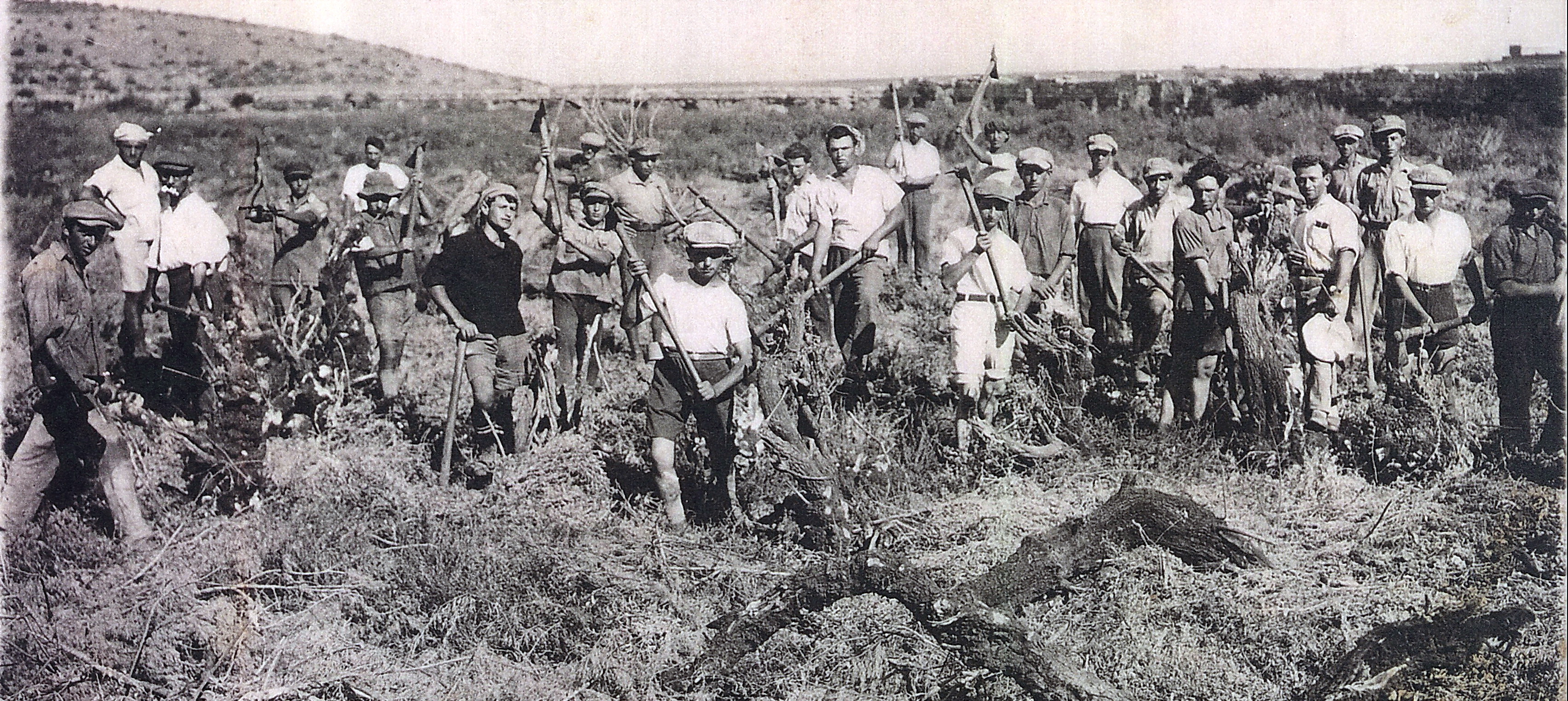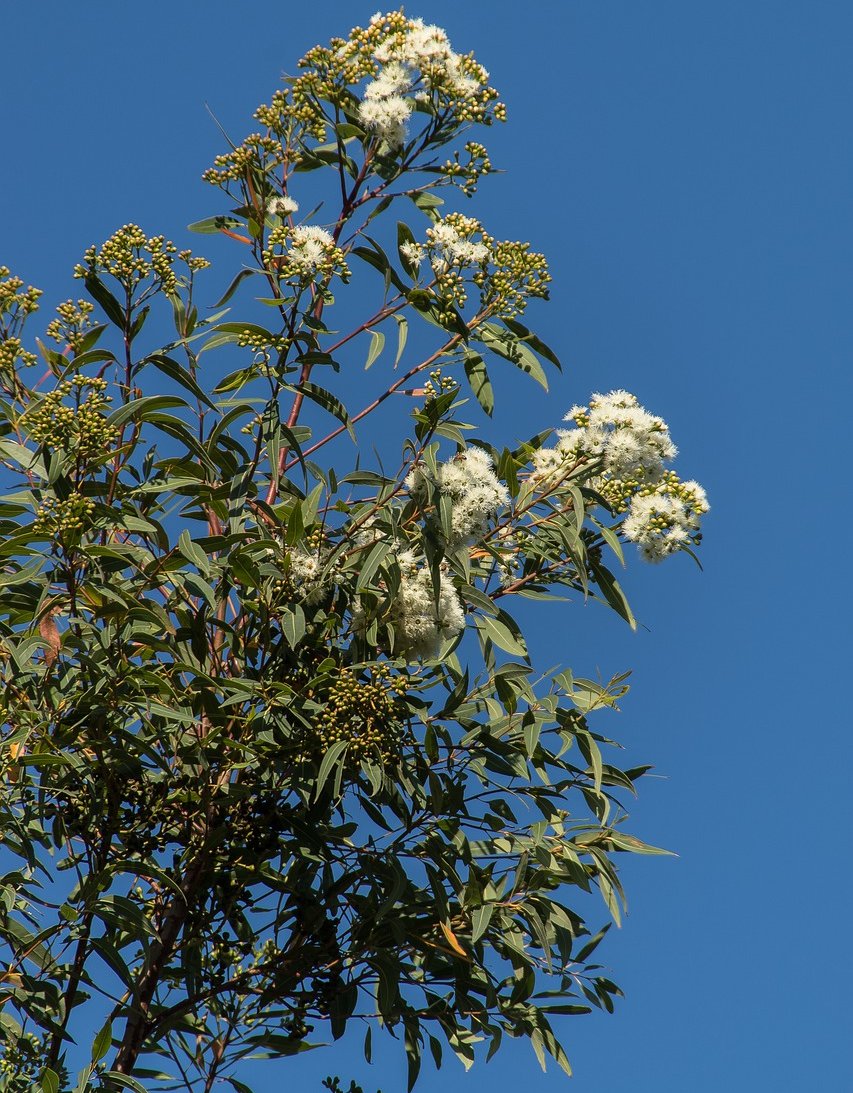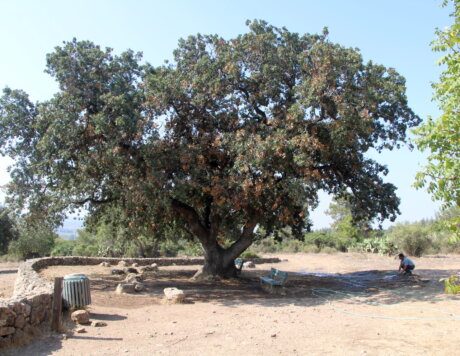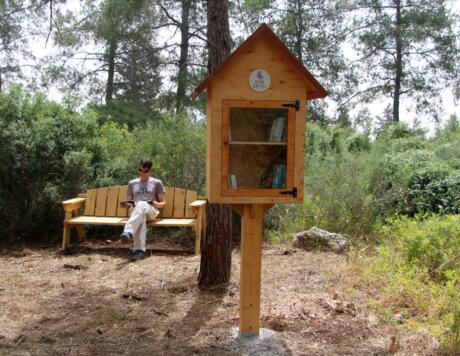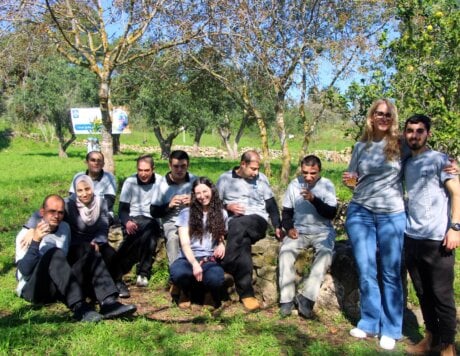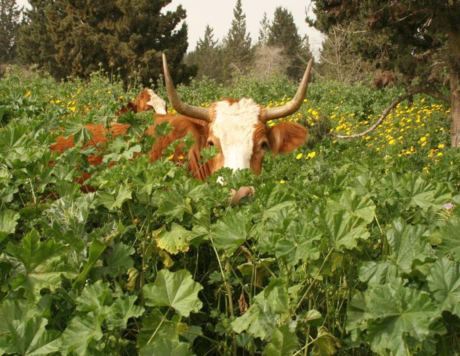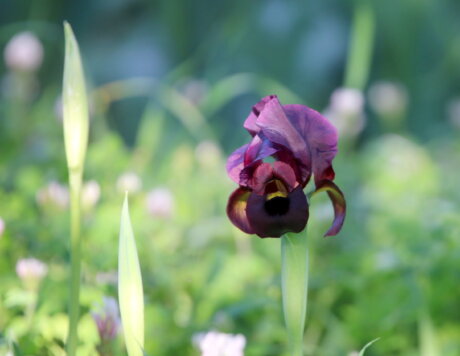The Myth of the Eucalyptus - Israeli Hero or Dangerous Invader? The Eucalyptus Teaches Us a Lesson in Complexity
There are many types of heroes in Israeli heritage and tradition but it seems that in the world of plants it’s hard to find a rival to the myth attributed to the Eucalyptus. In the past, when the country was full of swamps, the Eucalyptus was brought to drain them. The Zionist narrative relates that draining the swamps saved many lives by reducing the impact of malaria, a plague that threatened the Zionist settlement scheme in its early days, and settlement became possible in a variety of locations.
But what happens when years after it becomes a national hero the Eucalyptus is classified as an invasive species?


